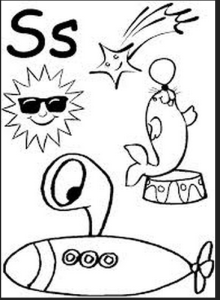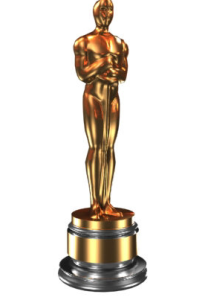Spring has sprung, and what better time to practice those “s” sounds! Did you know that the “s” sound is one of the most mispronounced sounds in the English language? According to Pronunciation Workshop, approximately half of all “s” sounds in English are pronounced as a letter “z” or “th.” For a child with a speech impediment, the “s” sound proves particularly challenging. Common in articulation disorders, a child drops the “s” sound all together such as “and,” instead of “sand”. Or a child may mispronounce the “s” sound at the beginning or end of a word, giving him a lisp.




